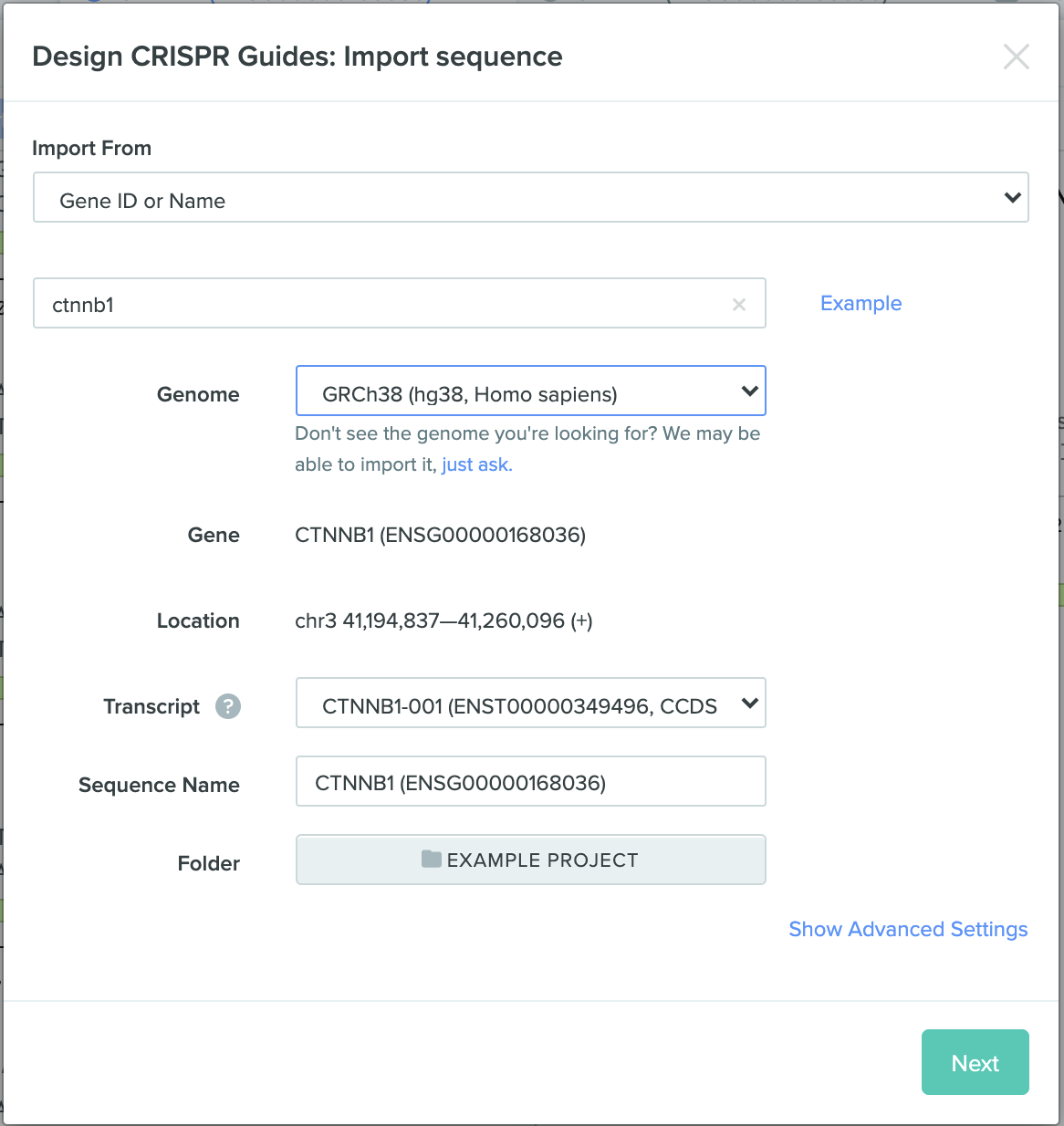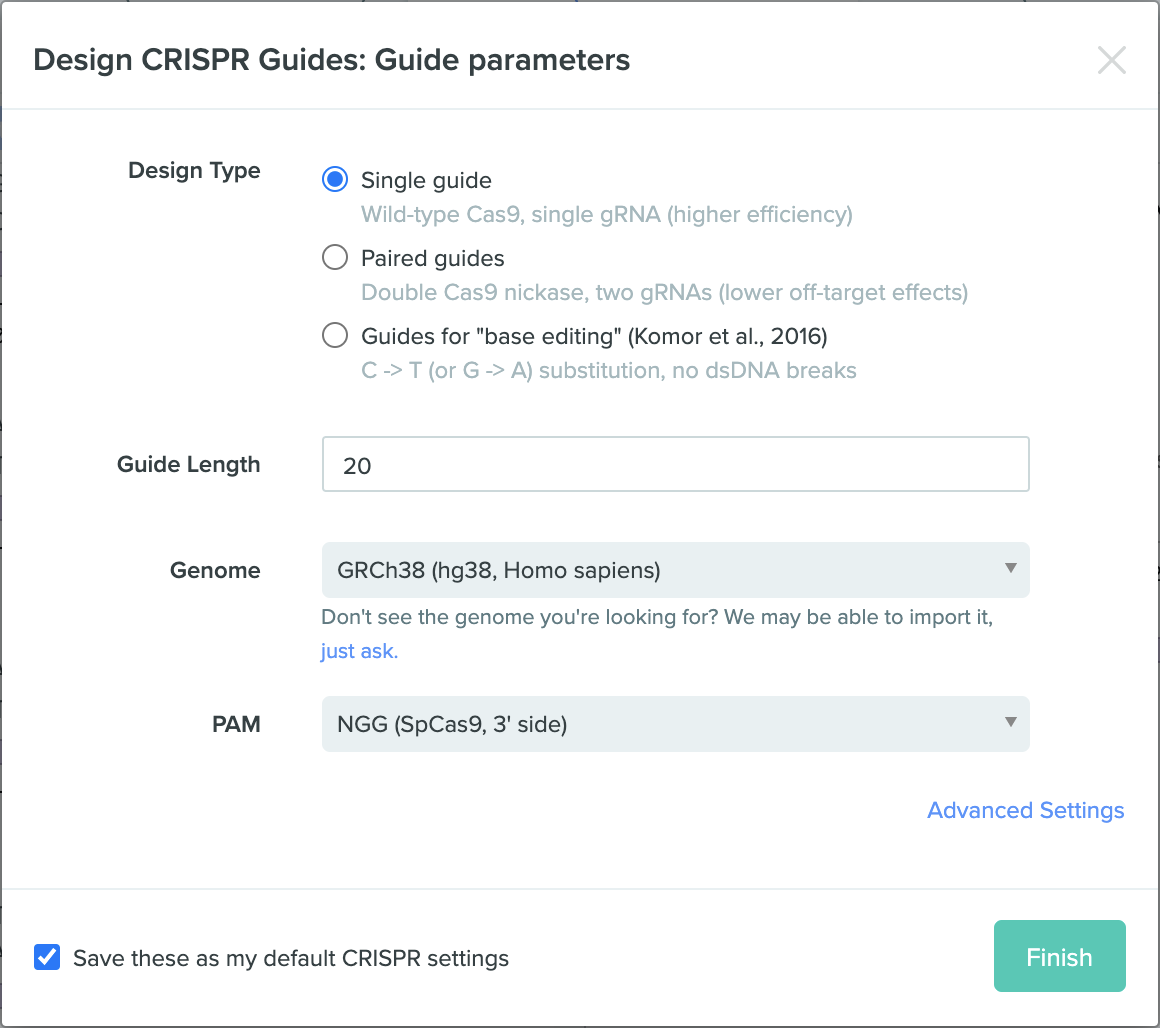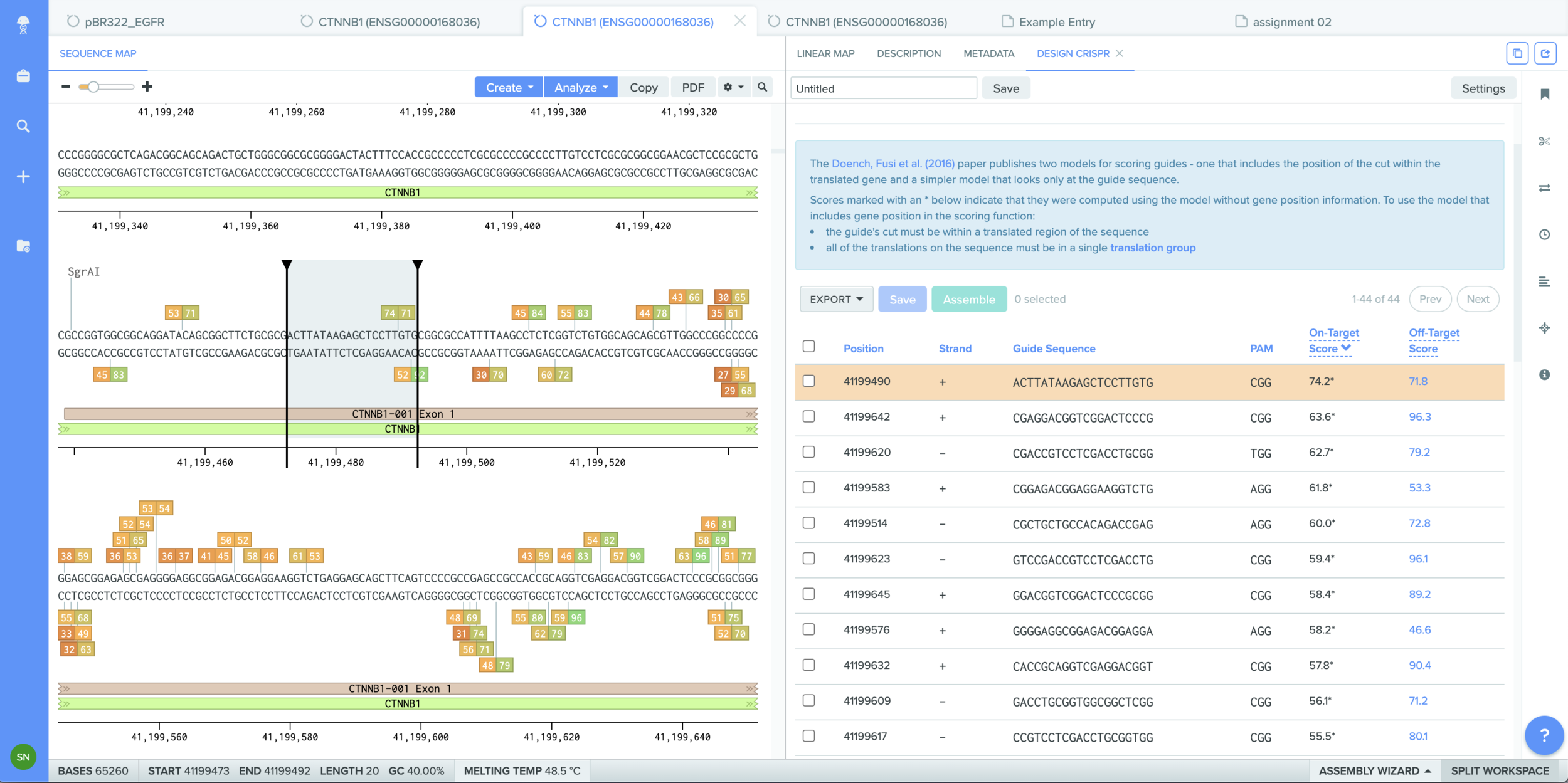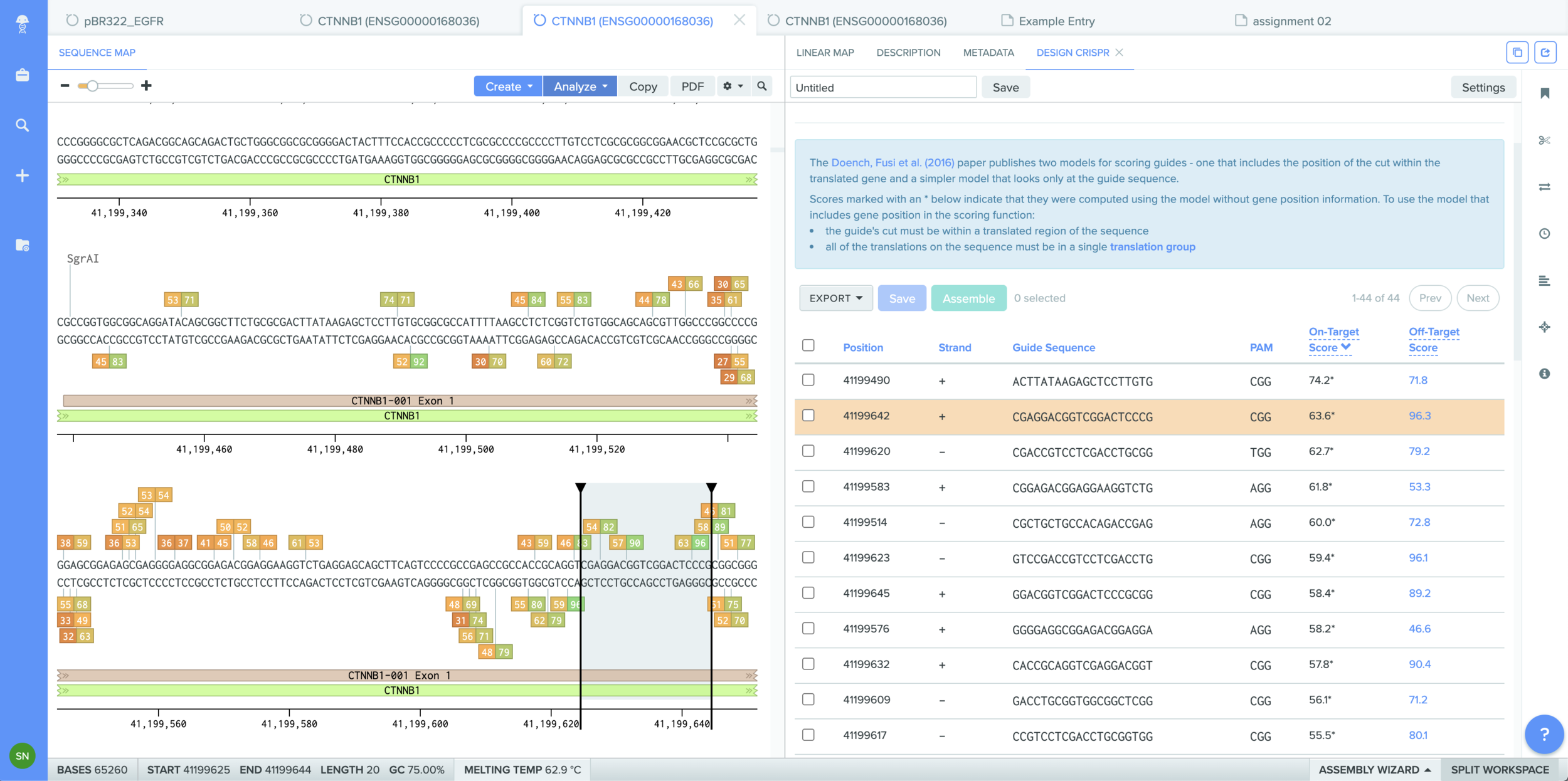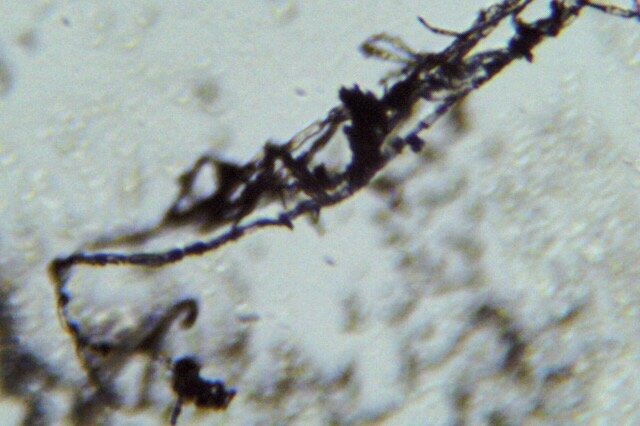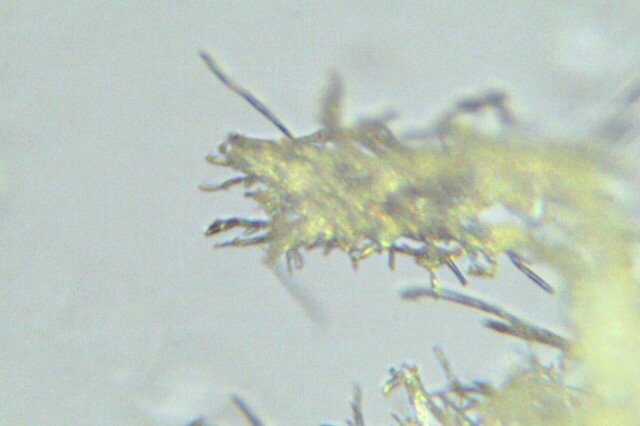Synthetic biology in space
Promising applications of synthetic biology for long duration space travel include a variety of biologically engineered products and biologically aided processes and technologies. While these applications would aid human space exploration, they could result in several unintended consequences in the long run. Therefore, it’s critical that we discuss and set up protocol frameworks in the context of ethical, legal and social realms.
Ongoing R&D for near future applications of synthetic biology in space points to genetically modified plants and microorganisms designed to produce food and medicine. Other applications include bio-mining, carbon capture and air purification, personalized diagnostic tools, biomaterial etc. However, in the future, these application could expand to other GM organisms, including humans, that are more suited to endure multiple stressors. Long term effects of GM organisms in the context of multiplanetary expansion of terrestrial life and interplanetary interactions should therefore be considered.
Governance and policy
In contrast to earth-based synbio, space applications have additional challenges such as those raised by space microbiology and environmental factors, legal complications, planetary protection, lack of decision-making infrastructure(s), long duration human missions, terraforming and the possible discovery of extraterrestrial (ET) life. Until recently, the main actors of space exploration included politicians, scientists, and engineers. However, with privatized companies, such as SpaceX, entering this industry and turning space exploration into a for-profit economy, it’s important that we set up transparent and more robust governance/policy systems. The desired ecosystem should include more diverse disciplines, such as evolutionary biology, ecology research as well as social sciences to define “long-term” goals of the space programs and ensure an ethical future of synbio in space.“This perspective requires subscribing to a new paradigm that no longer sees ‘long-term’ as months or years but rather as time in an evolutionary context”.
Long-term goals could include, but are not limited to:
Non-malfeasance
Access
Planetary environmental protection
potential governance "actions", each presented in four sections. (TBD)
Goal: What is done now and what changes are you proposing?
Design: What is needed to make it “work”? (including the actor(s) involved - who must opt in, fund, approve, or implement, etc)
Assumptions: What could you have wrong (incorrect assumptions, uncertainties)?
Risks of Failure & “Success”: How might this fail, including any unintended consequences of “success” of your proposed actions?
References
Race, M., Moses, J., McKay, C., & Venkateswaran, K. (2012). Synthetic biology in space: Considering the broad societal and ethical implications. International Journal of Astrobiology, 11(2), 133-139. doi:10.1017/S1473550412000018
Criscuolo F, Sueur C, Bergouignan A. Human Adaptation to Deep Space Environment: An Evolutionary Perspective of the Foreseen Interplanetary Exploration. Front Public Health. 2020;8:119. Published 2020 Apr 24. doi:10.3389/fpubh.2020.00119



